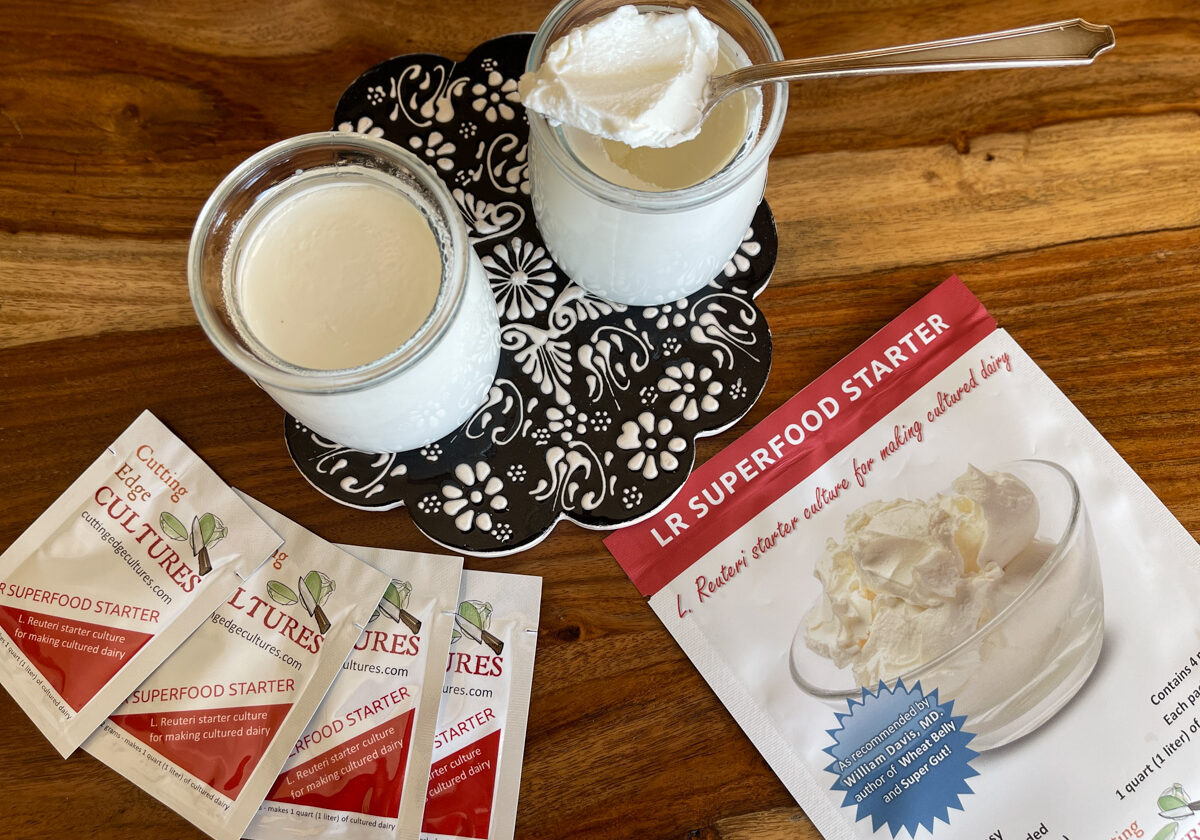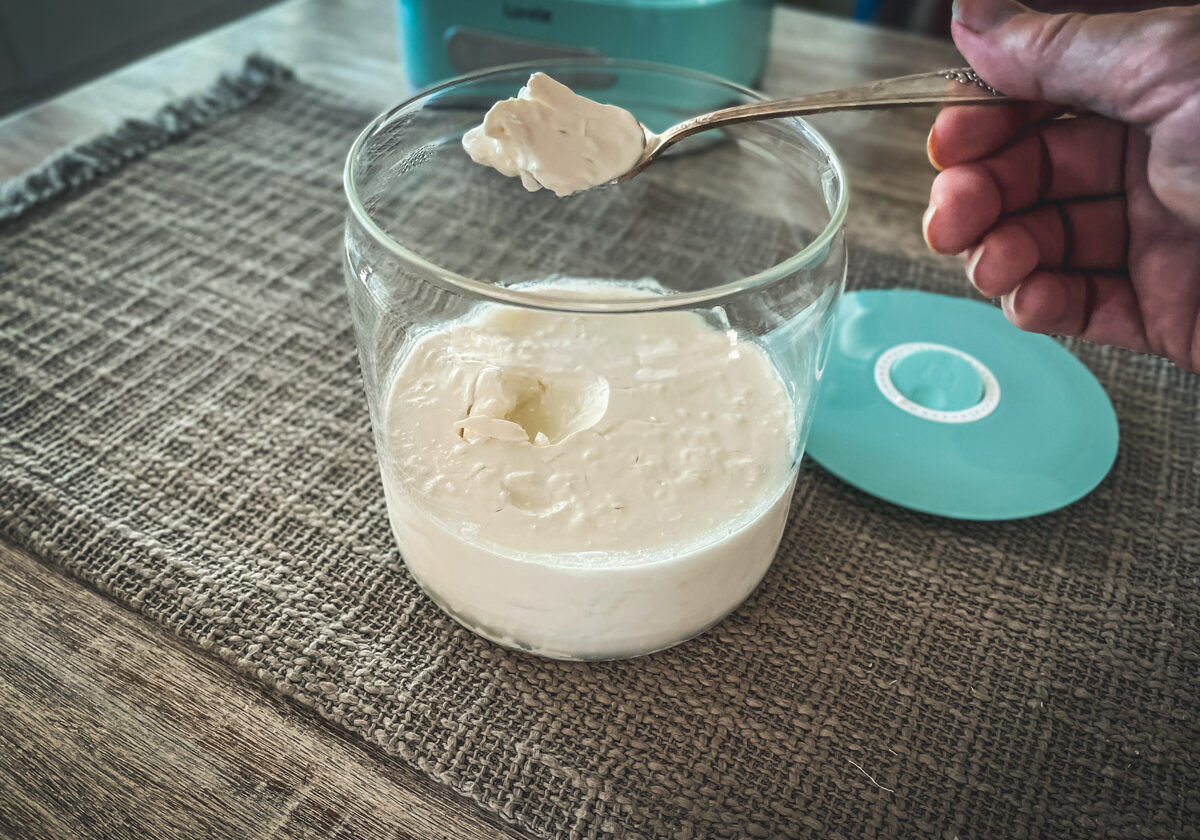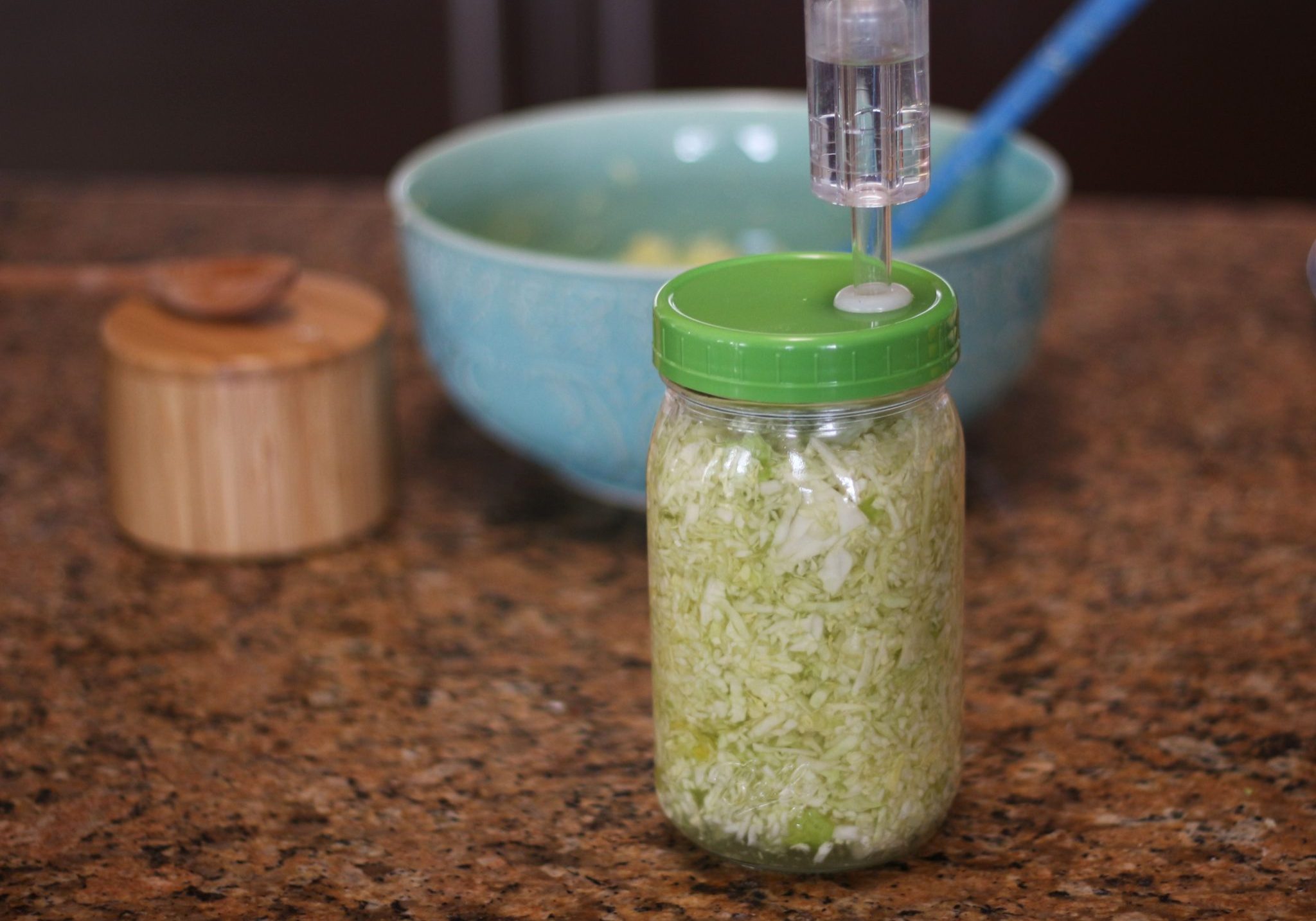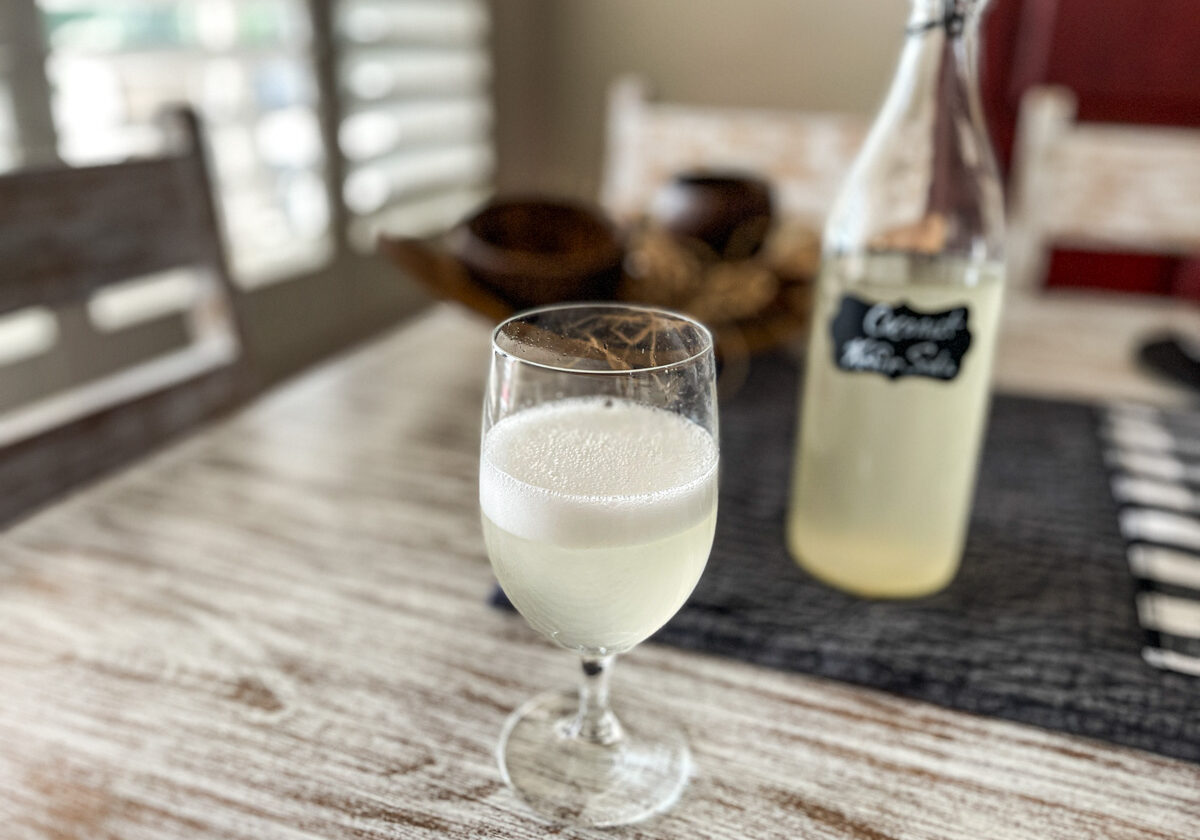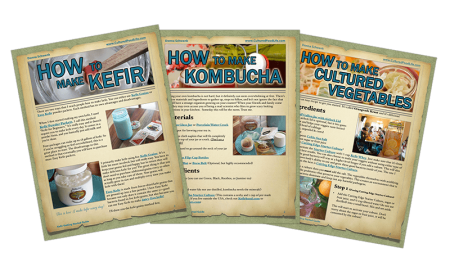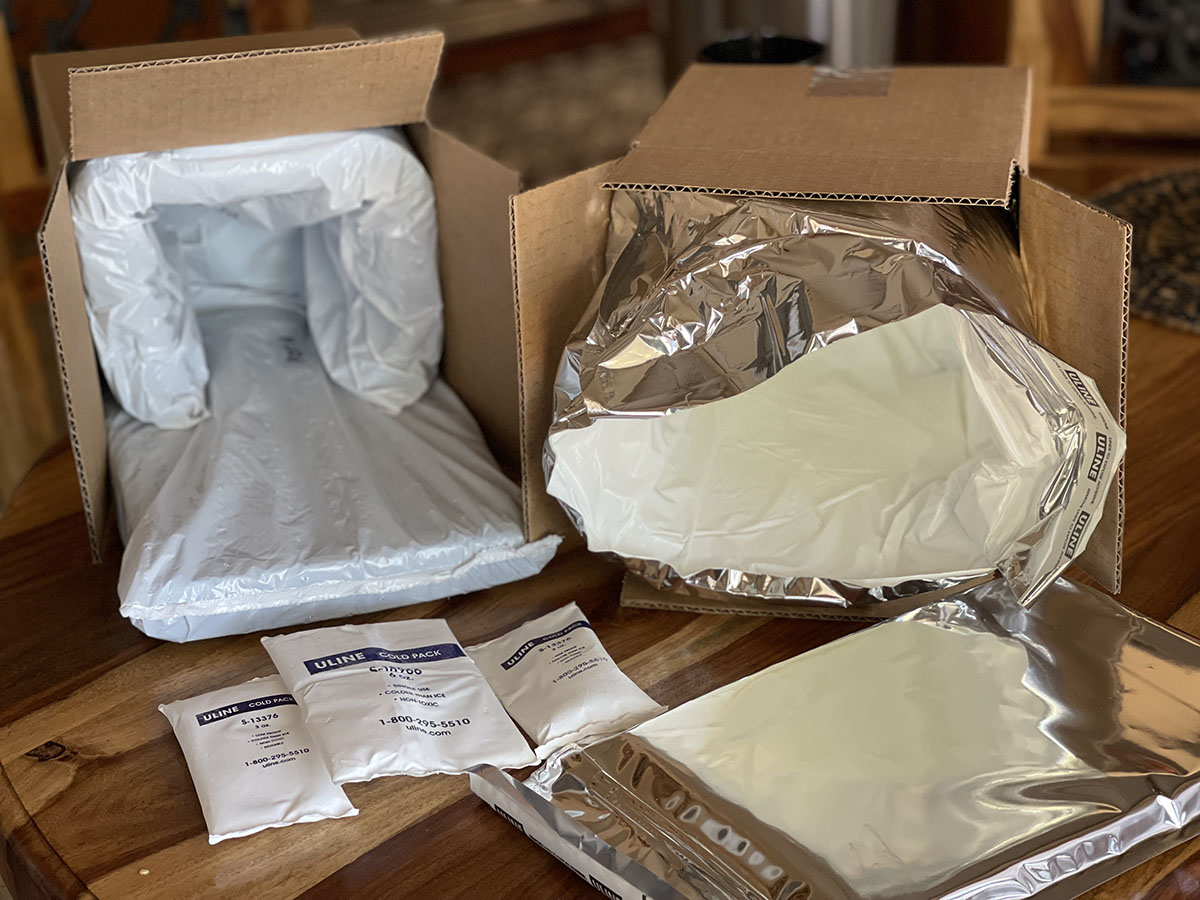
Friendly Bacteria vs. Candida: Ferments That Win the Fight
Candida in Balance: How Fermented Foods and Probiotics Help
 Why We Need Candida (in Small Amounts)
Why We Need Candida (in Small Amounts)
Candida is a word that often sparks fear — but the truth is, Candida isn’t all bad. In fact, we actually need it. The key is balance. Candida is a yeast/fungal organism that naturally lives within the human body. We need small amounts of this yeast because it can digest things like heavy metals that our regular digestive system cannot handle. In healthy levels, Candida is simply part of the microbiome.
But when Candida overgrows, trouble begins. This can lead to the fungal infection known as candidiasis. Candida can spread throughout the intestines and sinuses like a fungus, and even penetrate the bloodstream. Once there, it releases toxic byproducts into the body, triggering fatigue, brain fog, digestive distress, and more.
So What Is The Solution?
Having lots of good bacteria keeps Candida in check. It keeps it from spreading out and growing into places it does not belong. Building up the good bacteria in your body with a lot of cultured foods can become a very powerful weapon that can clean house and bring you back into balance.
Women and Yeast Infections
This balance is especially important for women. In the vaginal microbiome, protective bacteria — particularly Lactobacillus species — produce lactic acid that lowers the pH, creating a hostile environment for pathogens like Candida.
But when antibiotics wipe out those protective bacteria, Candida suddenly has room to grow. That’s why yeast infections are a common side effect of antibiotics. The same is true in the gut: without enough good bacteria, Candida takes over. Ensuring a steady supply of beneficial microbes through cultured foods helps prevent this cycle of imbalance.
Fermented Foods To Help Balance Candida
Some probiotics are especially aggressive in keeping Candida under control. Here are four of the strongest:
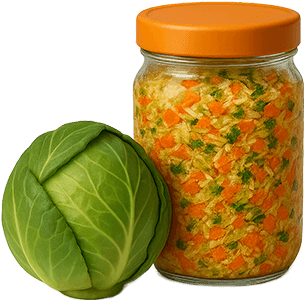
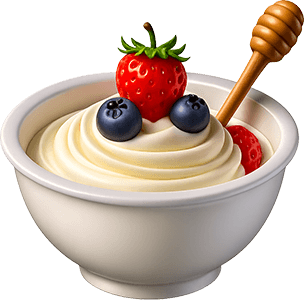

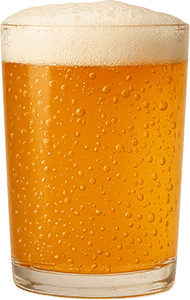

🌟 Probiotic Strains That Directly Inhibit Candida
 🥬 Lactobacillus plantarum and Candida
🥬 Lactobacillus plantarum and Candida
One of the most powerful defenders against Candida is Lactobacillus plantarum, a strain that flourishes in cultured vegetables like sauerkraut, kimchi, pickles, and fermented greens. When vegetables are fermented, L. plantarum often becomes the dominant microbe, creating billions of beneficial bacteria in every spoonful. [1]
How It Works:
-
Produces hydrogen peroxide and antifungal peptides that directly kill candida.
-
Breaks down Candida’s biofilm, exposing it so it can no longer hide.
-
Crowds out Candida by binding to the intestinal wall.
-
Stimulates immune defenses, making your body more resilient against fungal overgrowth.
Even a few bites of cultured vegetables can deliver more L. plantarum than many supplements, along with prebiotic fiber to help these microbes thrive.
Lactobacillus reuteri and Candida

What sets L. reuteri apart is that it colonizes the upper GI tract rather than the colon — an area where Candida often thrives. Research has shown L. reuteri can eliminate five of the six most common oral Candida species, making it especially helpful for oral and small intestinal candida issues. It is now being studied for the treatment of SIFO (small intestinal fungal overgrowth). SIFO is characterized by the presence of an excessive number of fungal organisms in the small intestine associated with gastrointestinal (GI) symptoms. [2]
How it works:
-
Produces reuterin – a unique antimicrobial compound that directly inhibits Candida and other harmful microbes.
-
Disrupts Candida biofilm – weakens the protective layer Candida uses to hide and thrive.
-
Colonizes the upper GI tract (mouth, esophagus, and small intestine) where Candida often grows - giving it a unique advantage over many other probiotics.
-
Supports immune defenses – helps the body recognize and respond more effectively to Candida overgrowth.
Lactobacillus gasseri and Candida
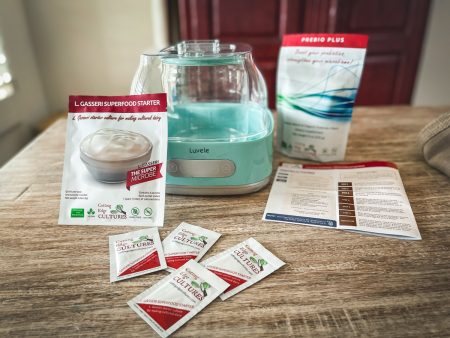
Not every strain of L. gasseri works the same way, which is why strain quality matters. The starter we use contains either the well-researched BNR17 strain or an equivalent strain that has been carefully tested for two critical abilities: producing natural antifungal compounds (bacteriocins) and binding effectively to intestinal cells. Both of these characteristics help it hold Candida at bay and keep your gut environment balanced.
How It Works:
-
Competes with Candida for adhesion sites on the intestinal wall, blocking its ability to stick and spread.
-
Produces lactic acid and bacteriocins, lowering gut pH so Candida can’t thrive.
-
Strengthens the gut barrier, tightening the junctions between cells to prevent Candida from leaking into the bloodstream.
-
Modulates immune responses, helping the body recognize and contain Candida.
Think of L. gasseri as a bouncer in your gut — holding Candida at bay while supporting gut lining integrity.
🍹 Saccharomyces boulardii and Candida

In a healthy gut, yeasts only make up about 0.1% of the microbiome. When Candida overgrows, it reduces gut acidity, creating a friendlier environment for itself and other harmful microbes. S. boulardii does the opposite: it produces acids that lower gut pH, keeping Candida in check.
It works by displacing Candida, breaking down its protective biofilms, and reducing the harmful toxins Candida releases. One of the most effective ways to get S. boulardii is through kefir soda made with this yeast. Unlike kefir soda made only with kefir whey, our special soda starter contains added S. boulardii, making it far more potent. In fact, this homemade version is often stronger and more effective than capsule supplements.
How it works:
-
Competes directly with Candida – takes up adhesion sites in the gut so Candida can’t attach and spread.
-
Breaks down biofilms – disrupting the protective layers Candida builds around itself, making it easier to eliminate.
-
Produces antifungal compounds – generates organic acids (like lactic and acetic acid) that create an environment hostile to Candida.
-
Reduces Candida toxins – helps neutralize harmful byproducts Candida releases when it overgrows.
-
Boosts immune defenses – increases secretory IgA, an antibody that strengthens your body’s frontline defense against Candida and other pathogens.
How Much to Take (and Why Starting Slowly Matters)
Having plenty of good bacteria is one of the best ways to keep Candida under control. These beneficial microbes prevent Candida from spreading to areas where it doesn’t belong and help restore balance throughout the body. By regularly enjoying cultured foods, you can build up this “army” of good bacteria — a powerful tool that helps clean house and bring your microbiome back into harmony.
When adding Candida-fighting probiotic fermented foods, it’s important to start slowly. As Candida dies off, it releases toxins (such as acetaldehyde) that can make you feel temporarily worse. This reaction, often called “die-off” or a Herxheimer Reaction, may cause fatigue, brain fog, bloating, watery eyes, or sinus irritation. These symptoms are usually short-lived, a sign that the bad bacteria and yeasts are leaving the body, and your system is working toward balance.
For more on this, see my article:
The Healing Crisis and Cultured Foods
To minimize this: I’d just start with one or two of these foods every other day or so. Then you can add more as you adjust.

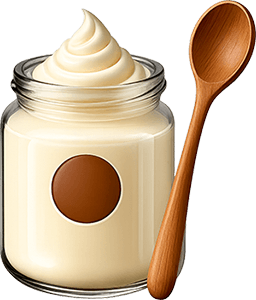

The key is consistency — a little bit each day gives your body time to adjust, helps Candida die off more gently, and allows the beneficial microbes to take over at a steady pace.
Listen To My Podcast
Candida isn’t always the enemy—but when it overgrows, it causes fatigue, brain fog, and gut issues. In this episode, I share how fermented foods and specific probiotics like L. plantarum, L. reuteri, L. gasseri, and S. boulardii help keep Candida in balance, restore your microbiome, and bring lasting relief.
References I talked about:
Are you on the list?
Sign up today and I'll send you my free Getting Started Guide!
Each week I'll send you updates, tips, recipes, and more! You might even be a winner of my weekly giveaway! (starter cultures, memberships, and more!)
Come be a part of my cultured food family!

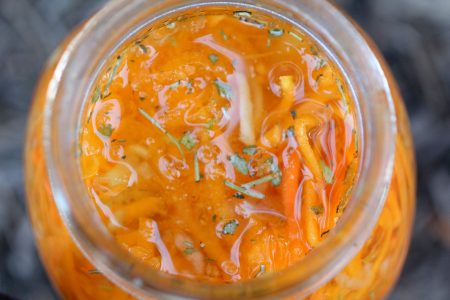 🥬 Lactobacillus plantarum and Candida
🥬 Lactobacillus plantarum and Candida